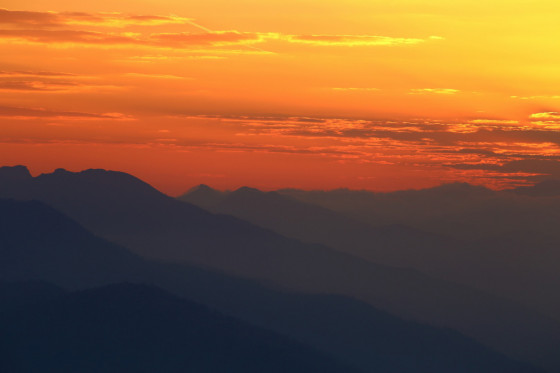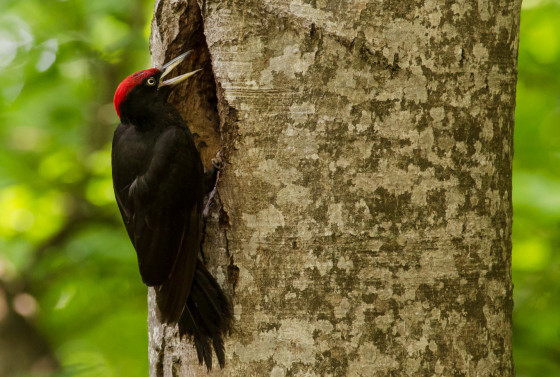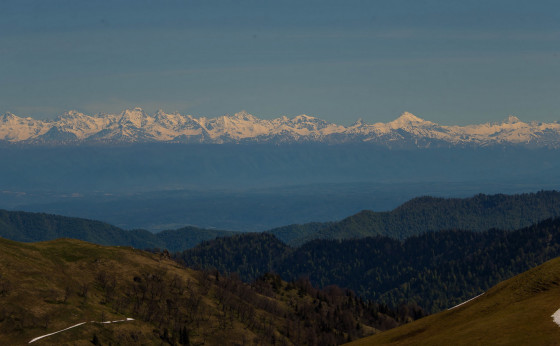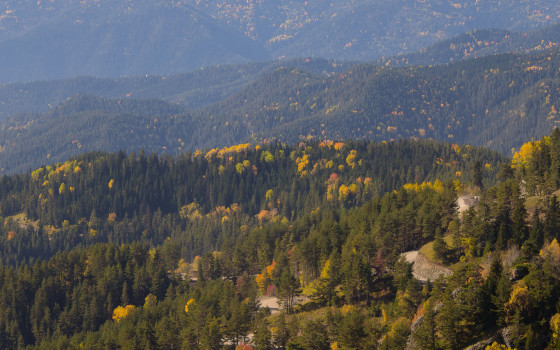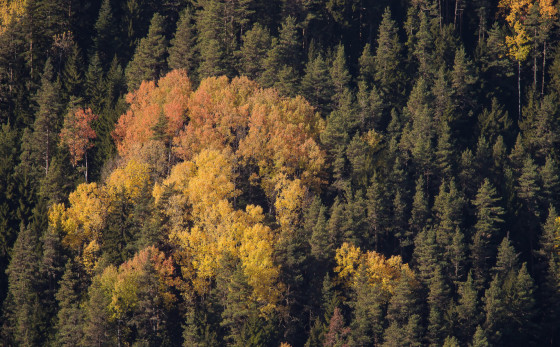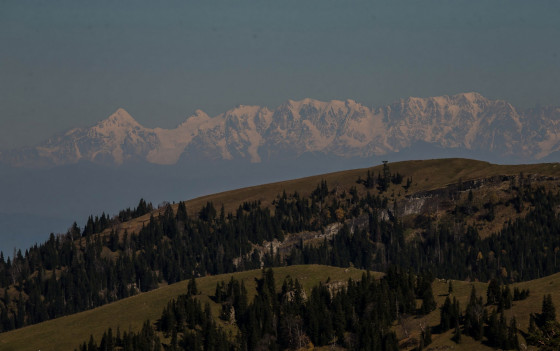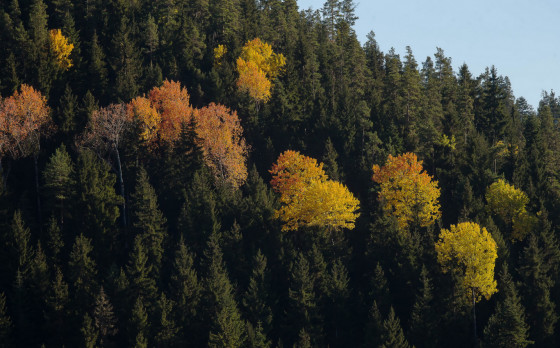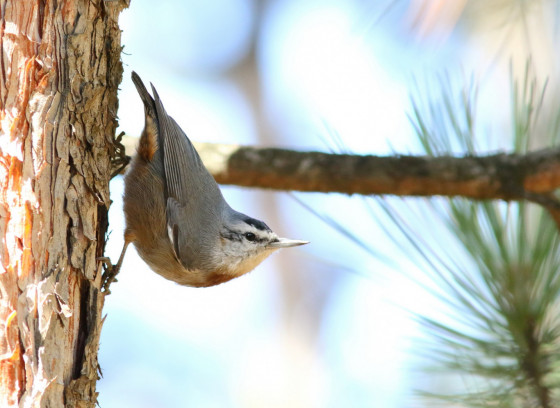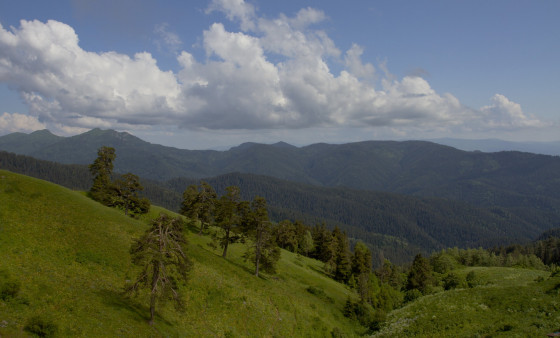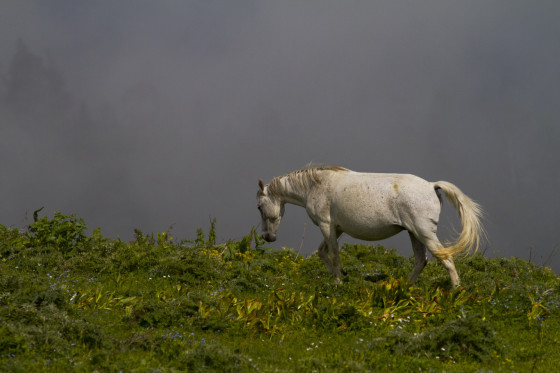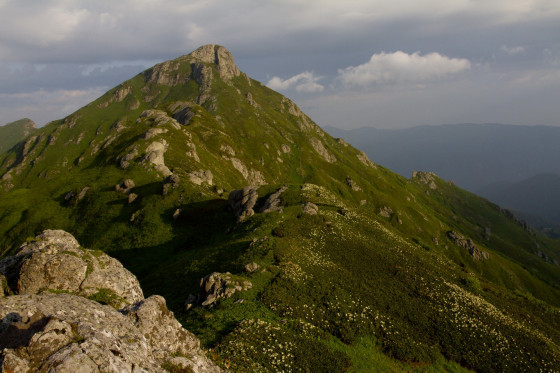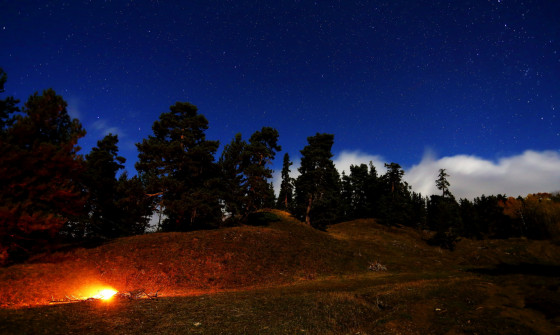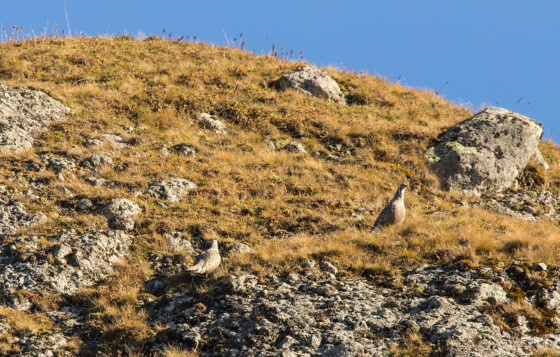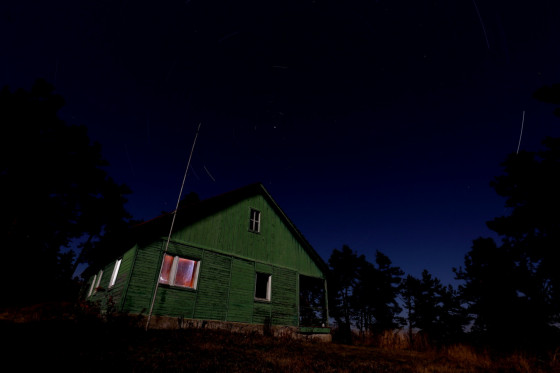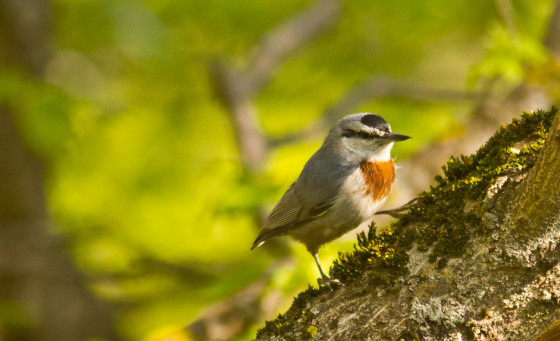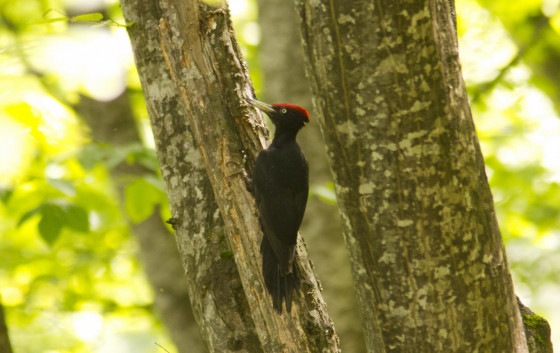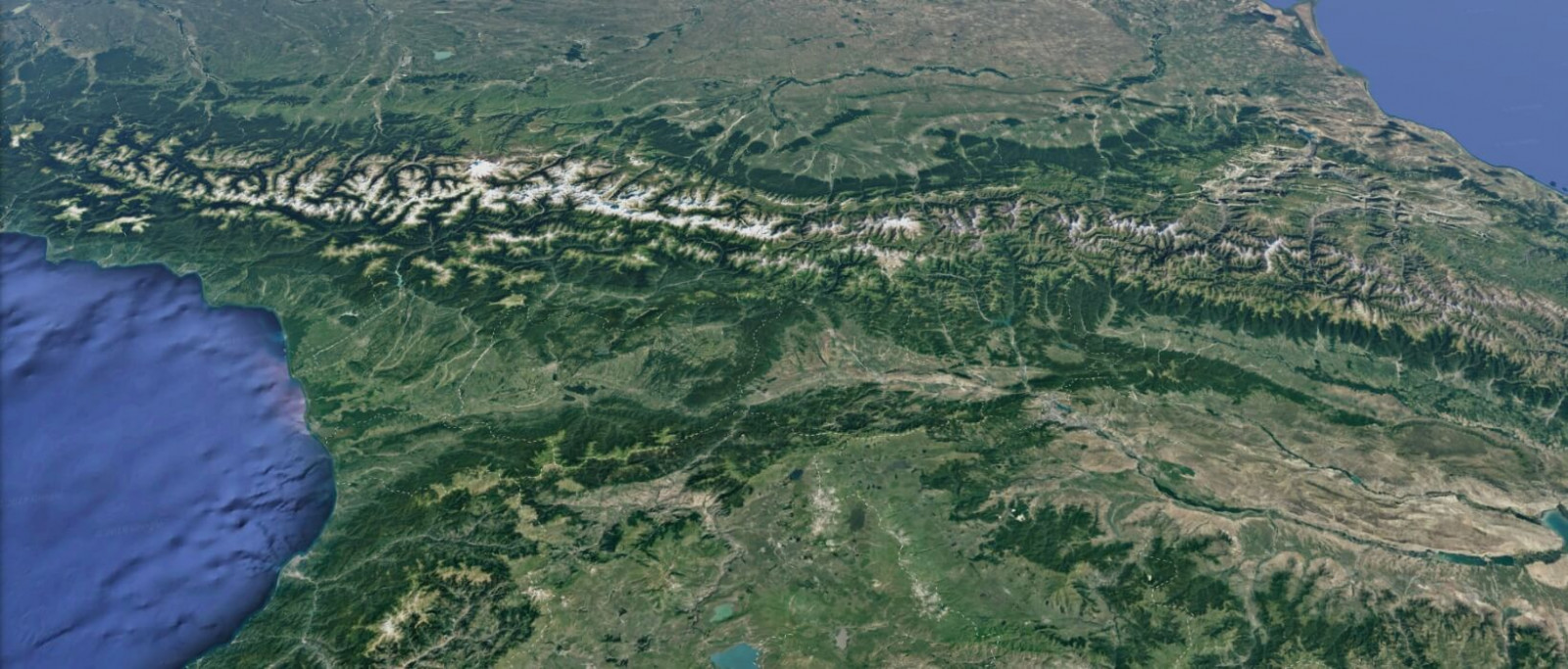Hotspots
Borjomi Kharagauli National Park
This area is a well-known vacation place in southern Georgia, in the surroundings of the village Abastumani, on the southern slopes of Meskheti mountain range. It consists of mostly coniferous and mixed forest replaced by subalpine meadows at the elevation of 1,900 m. (Zekari mountain pass). It is a cool area in an Alpine-like setting. A visit to the site takes at least two (better three) days.
Birds: A special attraction here is Caspian snowcock, Caucasian black grouse and Kruper's Nuthutch. One can also see forest-adapted bird species like boreal, long-eared, scops, tawny, and eagle owls, greater spotted, lesser spotted, middle spotted, white-backed, green, and black woodpeckers, goshawk, peregrine falcon, common crossbill, wood-pigeon, stock dove, white-throated dipper, wren, goldcrest, black-headed nuthatch, various warblers and other songbirds. In subalpine and alpine areas, one can watch golden eagle.
Other wildlife: Mammals harbored by the site are chamois, roe deer, wild boar, wolf, fox, lynx, wildcat, brown bear, wood and rock martens and badger. Along small mountain brooks, one can observe endemic Caucasian salamander, Caucasian mud-diver, and Caucasian toad. There are three endemic species of lizards, included Artwin wood lizard, Ajarian, Georgian, and Red-bellied rock lizard. Other reptiles are smooth and ring snakes, slow worm, and sand lizard. In subalpine meadows in June, spectacular Apollo butterflies can be watched. Along with European and European-like species (such as Oriental spruce and Nordmann’s fir), there are some Caucasian endemics, including high-mountain maple, mountain ash etc.
Other attractions: Abastumani is a famous vacation resort/spa. There are well-known springs with naturally hot sulfur water that are used for balneological treatments. The mountain air is also considered healthy for people suffering from respiratory ailments. In the vicinity of the village, there is a large observatory.
What to expect
Journey For Life
Although Georgia covers only one-seventh of the Caucasus, it aggregates nearly every kind of habitat and biome found in the region. The country’s species diversity far surpasses two-thirds of the species found throughout the entire Caucasus, comprising nearly 1% of the planet’s animal and plant species.
Climate varies from dry warm continental in the southeast of Georgia to very humid temperate in the west; Mtirala in the southwest has 4,000 mm of annual precipitation, exceeding any other geographic point in continental western Eurasia. The country lies along the eastern coast of the Black Sea and southern slopes of the Great Caucasus Mountains, at the same latitude as Washington D.C., northern Greece and northern Spain. Humid areas have the greatest diversity of endemic species. Nearly a quarter of the terrestrial vertebrate and fish species, and even more of the flowering plants of Georgia are endemics of the Caucasus region.
